What is a ball chain?
A ball chain is a type of chain made up of small, interconnected metal spheres. It has a long history and is used in various applications, from jewelry and fashion accessories to industrial and military uses. In this article, we will explore the history, structure, applications, and advantages and disadvantages of ball chains.
Key Takeaways
- Ball chains are made up of small metal spheres connected together.
- They have been used for centuries and have evolved in design over time.
- Ball chains are used in jewelry, fashion accessories, industrial applications, and military uses.
- They offer strength, durability, flexibility, and versatility.
- One potential disadvantage of ball chains is the possibility of tangling.
The History of Ball Chains
Origins of Ball Chains
Ball chains have a long history that dates back to ancient times. The concept of using small spherical beads connected together to create a chain-like structure can be traced back to early civilizations. These early ball chains were often made from natural materials such as bone, stone, or shells. They were used for various purposes, including decorative jewelry and functional tools.
In ancient Egypt, ball chains were commonly used to create intricate jewelry pieces. The small beads were carefully crafted and connected to form necklaces, bracelets, and anklets. These jewelry pieces were often adorned with precious gemstones and symbols that held significant cultural and religious meanings.
The use of ball chains spread to other civilizations, including the Greeks and Romans. They were used not only for jewelry but also for practical purposes. Ball chains were used to create functional items such as curtain pulls, keychains, and even armor. The versatility and durability of ball chains made them a popular choice for various applications.
Throughout history, the design and materials used in ball chains have evolved. Today, ball chains are typically made from metal, such as stainless steel or brass. The beads are precision-engineered and connected using specialized connectors. This modern design ensures the strength and durability of the chain while maintaining its flexibility and versatility.
Early Uses of Ball Chains
Ball chains were initially used in military applications, such as dog tags, to securely attach identification tags to soldiers' uniforms. The small size and strength of the chains made them ideal for this purpose. Over time, ball chains found their way into various other industries, including plumbing and electrical work. The chains were used to secure and hang items, providing a reliable and versatile solution. Today, ball chains are also commonly used in jewelry and fashion accessories, adding a unique and stylish element to necklaces, bracelets, and keychains.
Evolution of Ball Chain Design
The evolution of ball chain design has seen significant advancements over the years. One important keyword in bold is materials. Manufacturers have experimented with various materials to enhance the strength and durability of ball chains. Stainless steel is a popular choice due to its resistance to corrosion and tarnish. Other materials such as brass and nickel have also been used.
In addition to materials, the design of ball chain connectors has also evolved. Connectors play a crucial role in the functionality and aesthetics of ball chains. They allow for easy attachment and detachment of items, making ball chains versatile and adaptable. Some common types of connectors include lobster clasps, spring rings, and barrel connectors.
When it comes to ball chain design, it is important to consider the intended application. Different industries and uses may require specific features and characteristics. For example, in the jewelry industry, ball chains with intricate designs and decorative elements are highly sought after.
Overall, the evolution of ball chain design has resulted in a wide range of options for consumers. Whether it's for fashion accessories, industrial applications, or military use, there is a ball chain design to suit every need.
Structure and Components of Ball Chains
Ball Chain Anatomy
A ball chain consists of a series of small metal balls connected together to form a continuous chain. Each ball has a hole drilled through it, allowing it to be threaded onto a rod or wire. The balls are typically made of metal, such as stainless steel or brass, which provides strength and durability. The size of the balls can vary, with smaller balls creating a finer and more delicate chain, while larger balls result in a heavier and more robust chain.
The balls are connected by short lengths of wire, known as connectors, which pass through the holes in the balls. These connectors are usually made of the same metal as the balls and are designed to be flexible, allowing the chain to move and bend easily. The connectors also ensure that the balls remain securely connected, preventing them from sliding off the chain.
One important component of a ball chain is the clasp or connector at the ends of the chain. This allows the chain to be fastened and secured, ensuring that it stays in place when worn or used. There are various types of connectors available for ball chains, including simple clasps, lobster clasps, and keyring connectors, each offering different levels of security and ease of use.
Materials Used in Ball Chains
Ball chains are typically made from stainless steel or brass. Stainless steel ball chains are known for their strength and durability, making them suitable for a wide range of applications. Brass ball chains, on the other hand, are valued for their aesthetic appeal and corrosion resistance. Both materials offer excellent performance and can withstand various environmental conditions.
When it comes to connectors for ball chains, there are several options available. Some common types include end connectors, snap connectors, and barrel connectors. End connectors are used to attach the ball chain to a specific object, while snap connectors allow for easy opening and closing of the chain. Barrel connectors, on the other hand, are used to join two ends of the chain together. Each type of connector offers its own advantages and is chosen based on the specific needs of the application.
Types of Connectors for Ball Chains
Ball chains can be connected using various types of connectors. These connectors play a crucial role in the functionality and versatility of ball chains. Here are some common types of connectors used with ball chains:
-
Bead Chain Connector: This connector consists of a small metal bead with a hole in the center. The ball chain is threaded through the hole, and the bead acts as a stopper, preventing the chain from slipping out.
-
Barrel Connector: The barrel connector is a cylindrical metal piece with a threaded hole at one end. The ball chain is inserted into the hole and secured by tightening a screw or bolt.
-
Snap Connector: Snap connectors are designed with a spring-loaded mechanism that allows the ball chain to be easily attached or detached. These connectors are commonly used in jewelry and fashion accessories.
-
Swivel Connector: Swivel connectors are designed to allow the ball chain to rotate freely, preventing tangling and enhancing flexibility. They are often used in applications where the chain needs to move or rotate.
It is important to choose the right connector based on the specific requirements of the application. Each type of connector offers different advantages in terms of ease of use, security, and aesthetics.
Applications of Ball Chains
Jewelry and Fashion Accessories
Ball chains have become a popular choice for necklaces and bracelets in the world of jewelry and fashion accessories. The sleek and minimalist design of ball chains adds a touch of elegance to any outfit. They are often used to create delicate and dainty pieces that can be worn alone or layered with other accessories.
In addition to their aesthetic appeal, ball chains are also highly functional. The small metal balls allow for easy movement and flexibility, making them comfortable to wear. They are also durable and resistant to tarnish, ensuring that your jewelry will last for a long time.
If you're looking to add a unique and stylish touch to your jewelry collection, consider incorporating ball chains into your designs. Whether you prefer a simple pendant necklace or a statement bracelet, ball chains offer endless possibilities for creating fashionable and versatile accessories.
Industrial and Commercial Uses
Ball chains have a wide range of applications in industrial and commercial settings. They are commonly used for:
- Keychains and ID badge holders
- Plumbing and electrical fixtures
- Curtain and blind pulls
- Display and signage
In addition, ball chains are often utilized in retail environments for hanging price tags and product labels. Their small size and flexibility make them ideal for attaching and securing items in various industries. The durability of ball chains ensures that they can withstand heavy use and provide long-lasting performance.
Tip: When using ball chains in industrial or commercial applications, it is important to choose the appropriate size and material to ensure optimal strength and durability.
Military and Tactical Applications
Ball chains have found extensive use in military and tactical applications due to their unique properties and versatility. Durability is a key advantage of ball chains in these settings, as they are able to withstand harsh conditions and heavy use. Additionally, the flexibility of ball chains allows for easy attachment and detachment of various items, making them ideal for quick and efficient gear customization.
In military and tactical scenarios, ball chains are commonly used for:
- Securing identification tags or dog tags to uniforms
- Attaching small tools or equipment to backpacks or belts
- Creating makeshift tripwires or perimeter alarms
- Constructing improvised weapon slings or lanyards
These applications highlight the adaptability of ball chains in dynamic and demanding environments. Their ability to provide secure attachment and quick access to essential items makes them a valuable tool for military personnel and tactical operators.
Tip: When using ball chains in military and tactical applications, it is important to regularly inspect and maintain them to ensure optimal performance and reliability.
Advantages and Disadvantages of Ball Chains
Strength and Durability
Ball chains are known for their strength and durability. They are designed to withstand heavy loads and resist breakage, making them ideal for various applications. The chains are made from high-quality materials such as stainless steel or nickel-plated steel, which enhances their strength and corrosion resistance.
In addition to their robust construction, ball chains undergo rigorous testing to ensure their durability. They are subjected to tension, bending, and impact tests to assess their performance under different conditions. This ensures that the chains can withstand the demands of everyday use and maintain their integrity over time.
Furthermore, ball chains are engineered with precision to ensure the smooth movement of the balls within the chain. This reduces friction and wear, contributing to their long-lasting durability. Whether used in jewelry, industrial settings, or military applications, ball chains are renowned for their ability to withstand the test of time.
Flexibility and Versatility
Flexibility and versatility are key characteristics of ball chains. The design of ball chains allows them to easily bend and twist, making them ideal for a variety of applications. Whether used in jewelry, industrial settings, or military applications, ball chains can adapt to different shapes and sizes.
In addition to their flexibility, ball chains are also highly versatile. They can be customized to fit specific needs, such as different lengths and connector types. This versatility makes ball chains suitable for a wide range of uses, from delicate necklaces to heavy-duty machinery.
Overall, the flexibility and versatility of ball chains make them a popular choice in various industries and applications.
Potential for Tangling
Ball chains have a unique structure that makes them prone to tangling. The small metal balls can easily get caught on each other, leading to knots and tangles. This can be frustrating, especially when trying to untangle a long chain. To minimize tangling, it is important to store ball chains properly. One option is to use a small container or bag with compartments to keep each chain separate. Another option is to hang the chains on hooks or pegs to prevent them from getting tangled. Taking these precautions can help maintain the integrity and functionality of ball chains.
Conclusion
In conclusion, a ball chain is a versatile and practical accessory that has a wide range of applications. Whether it is used for keychains, jewelry, or industrial purposes, the ball chain provides durability and flexibility. Its unique design allows for easy customization and the ability to connect multiple items together. With its endless possibilities and timeless appeal, the ball chain continues to be a popular choice for both functional and decorative purposes.
Frequently Asked Questions
What is a ball chain?
A ball chain is a type of chain made up of small spheres or balls that are connected together to form a continuous chain.
What are ball chains used for?
Ball chains are used for various purposes such as jewelry and fashion accessories, industrial and commercial applications, and military and tactical uses.
What are the materials used in ball chains?
Ball chains are typically made from metals such as stainless steel, brass, or nickel-plated steel.
Are ball chains strong and durable?
Yes, ball chains are known for their strength and durability, making them suitable for heavy-duty applications.
Can ball chains tangle easily?
Ball chains have the potential to tangle if not properly handled or stored, but they can be easily untangled.
Can ball chains be customized?
Yes, ball chains can be customized in terms of length, color, and attachments to suit specific needs and preferences.
Best Sellers












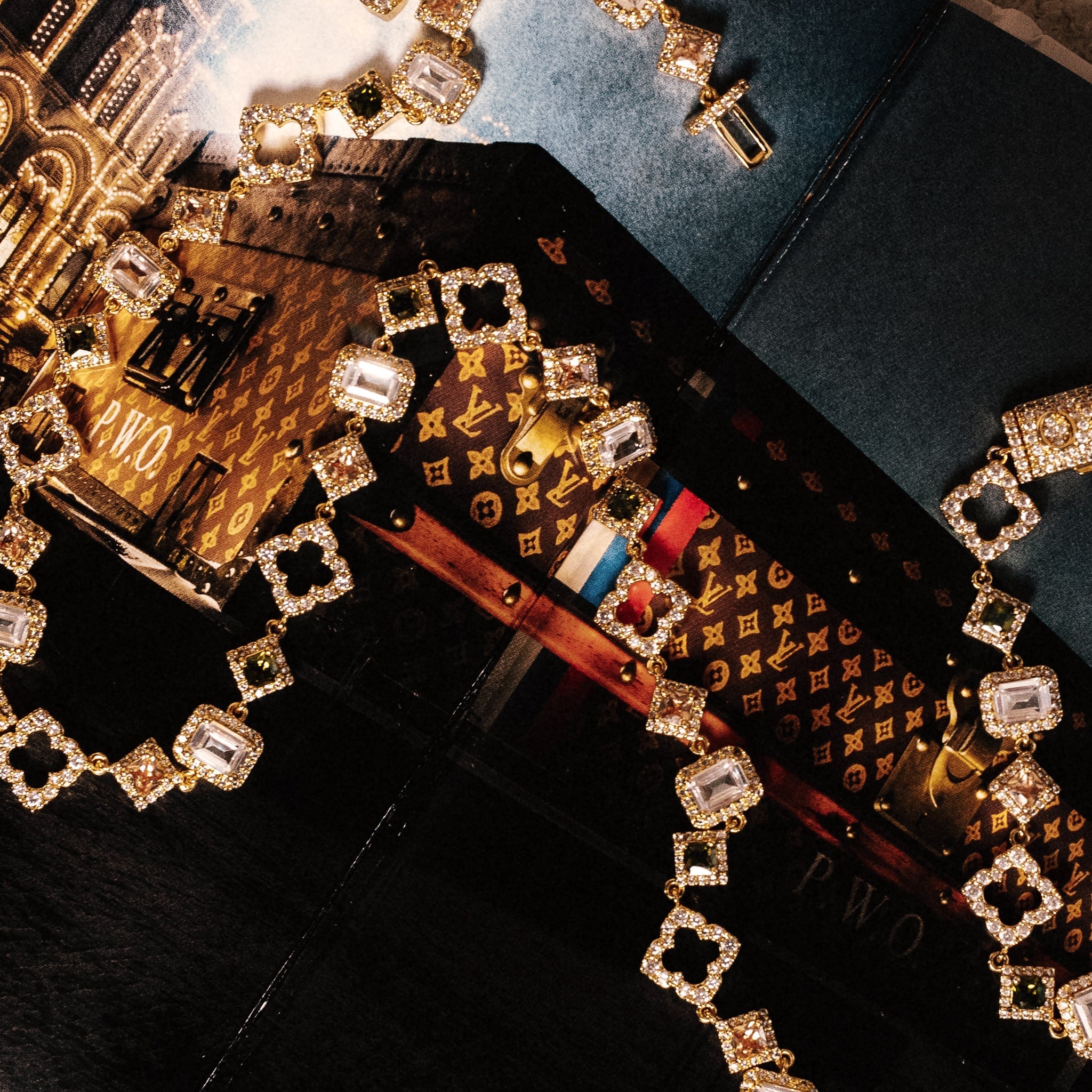

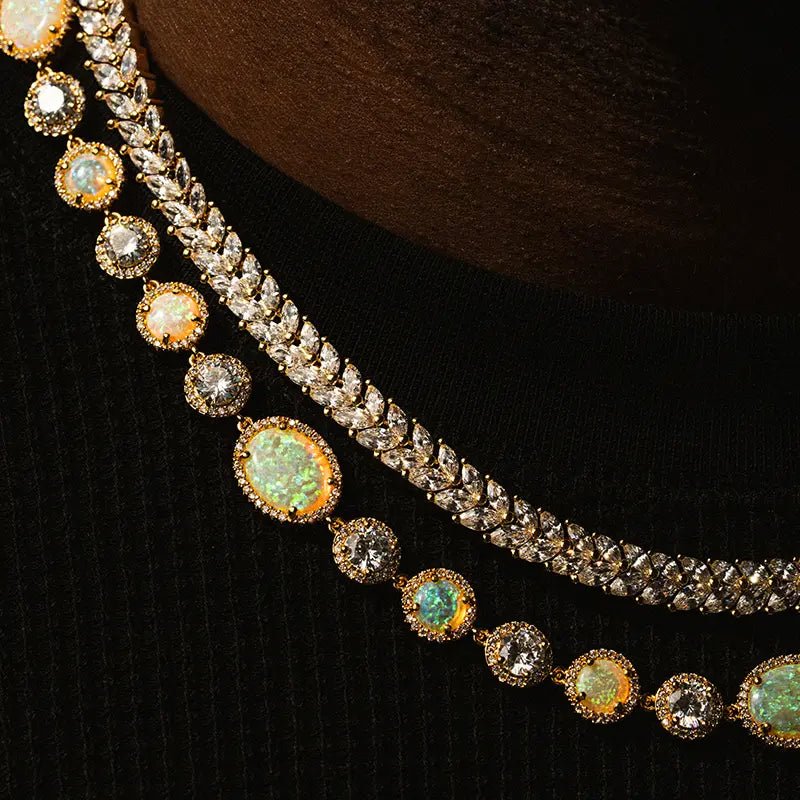
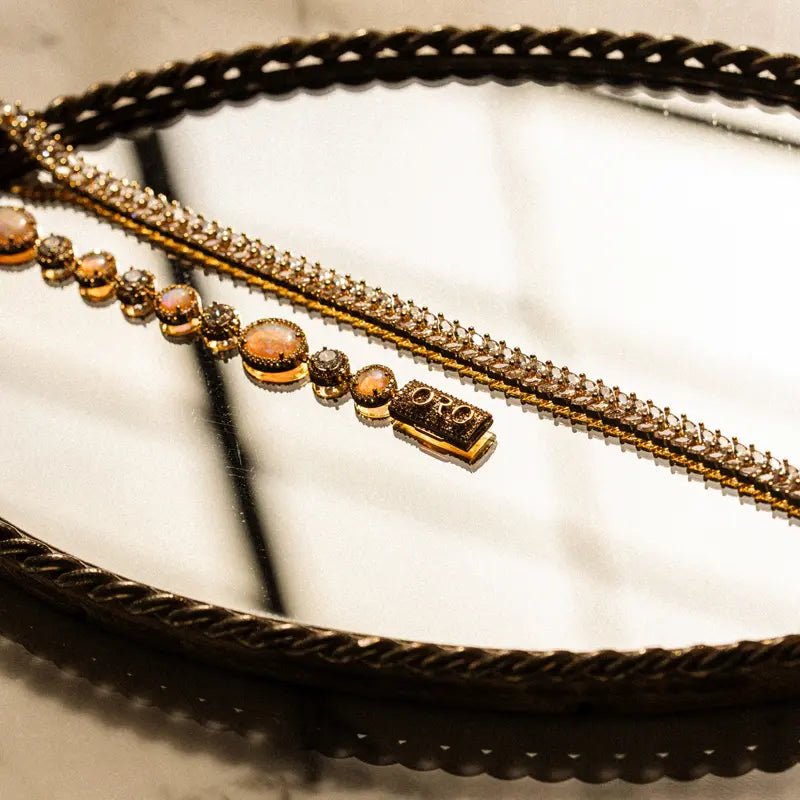
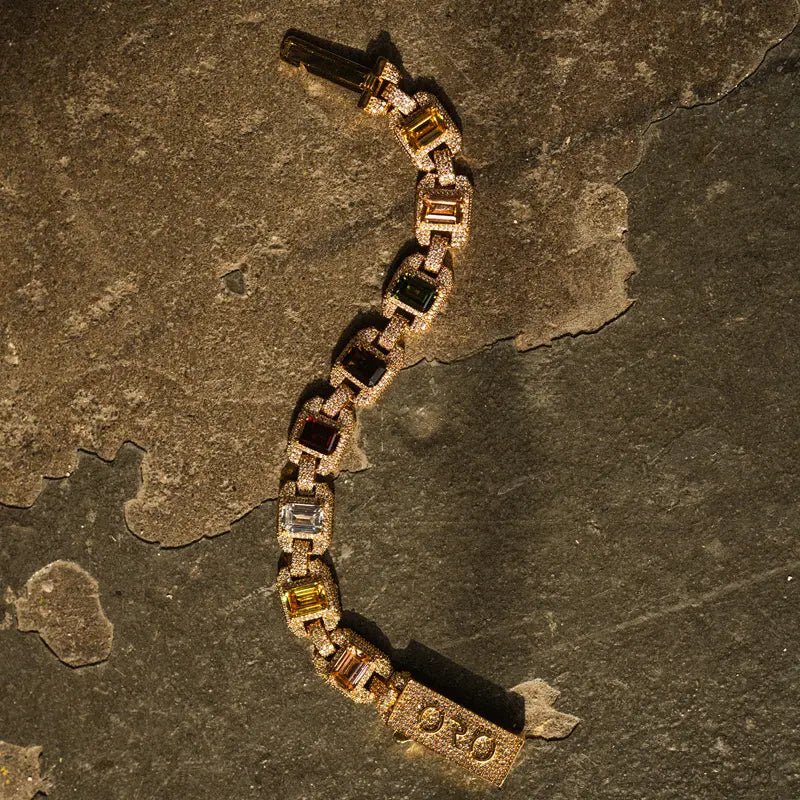
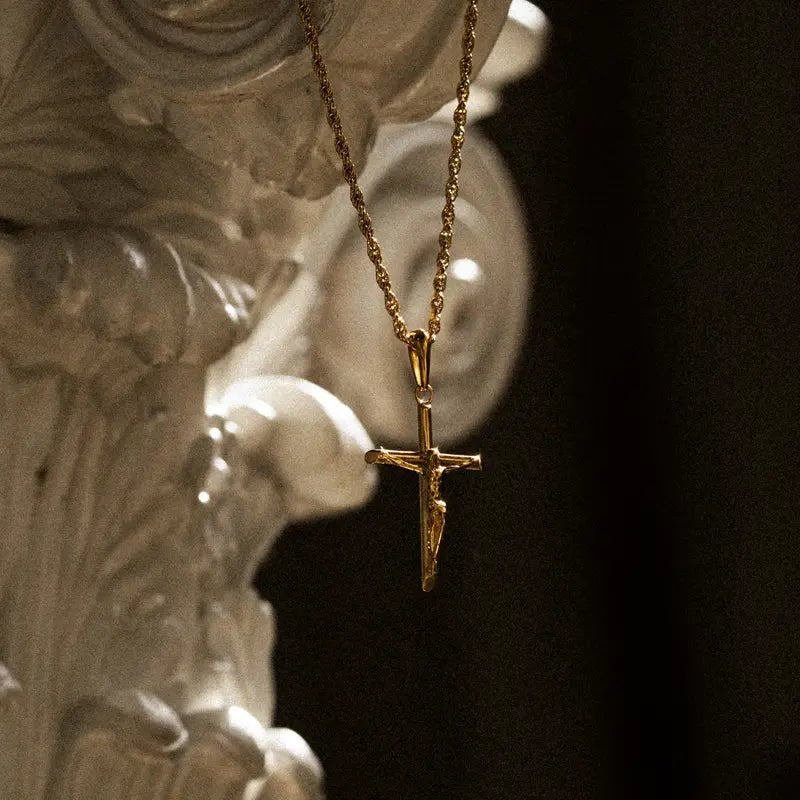



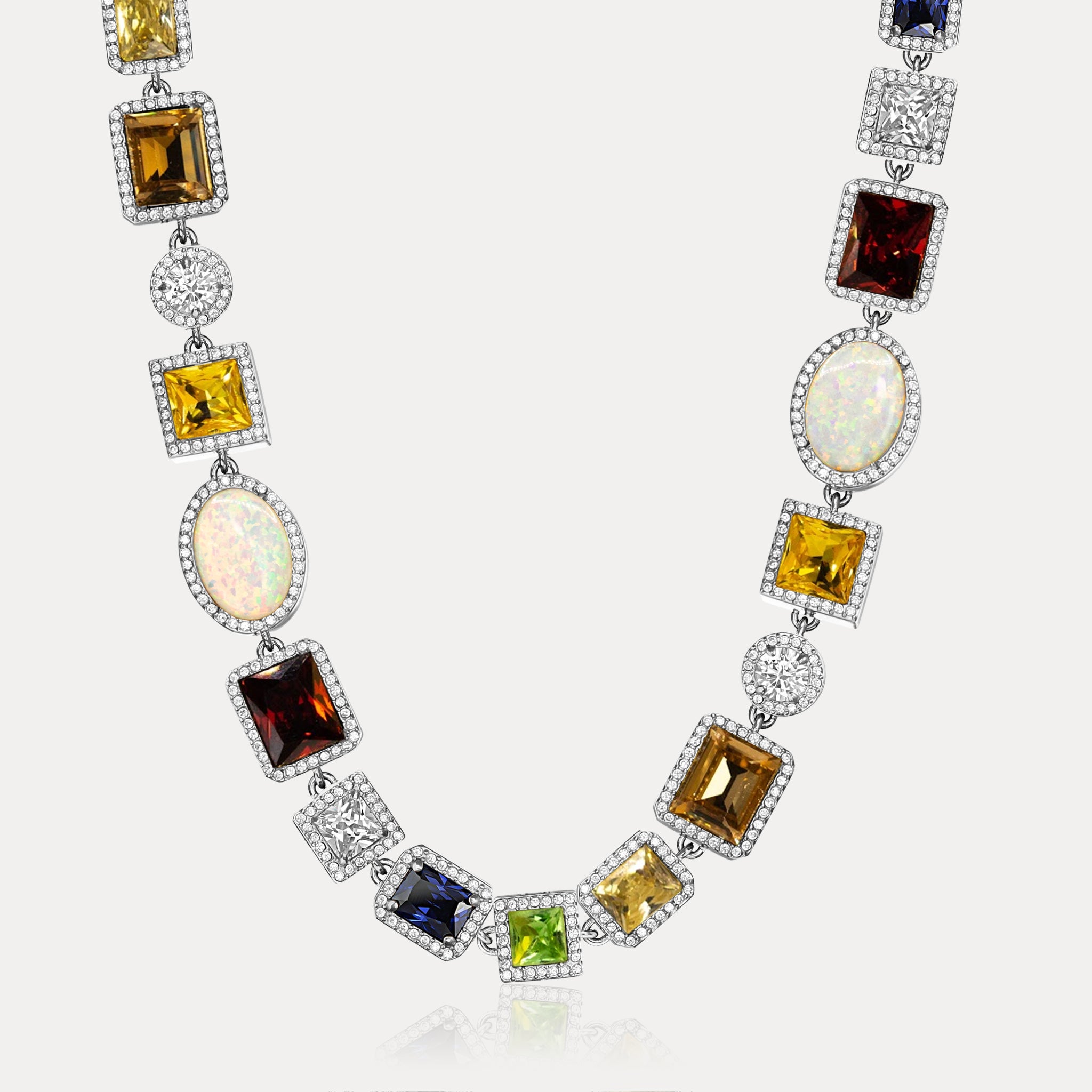
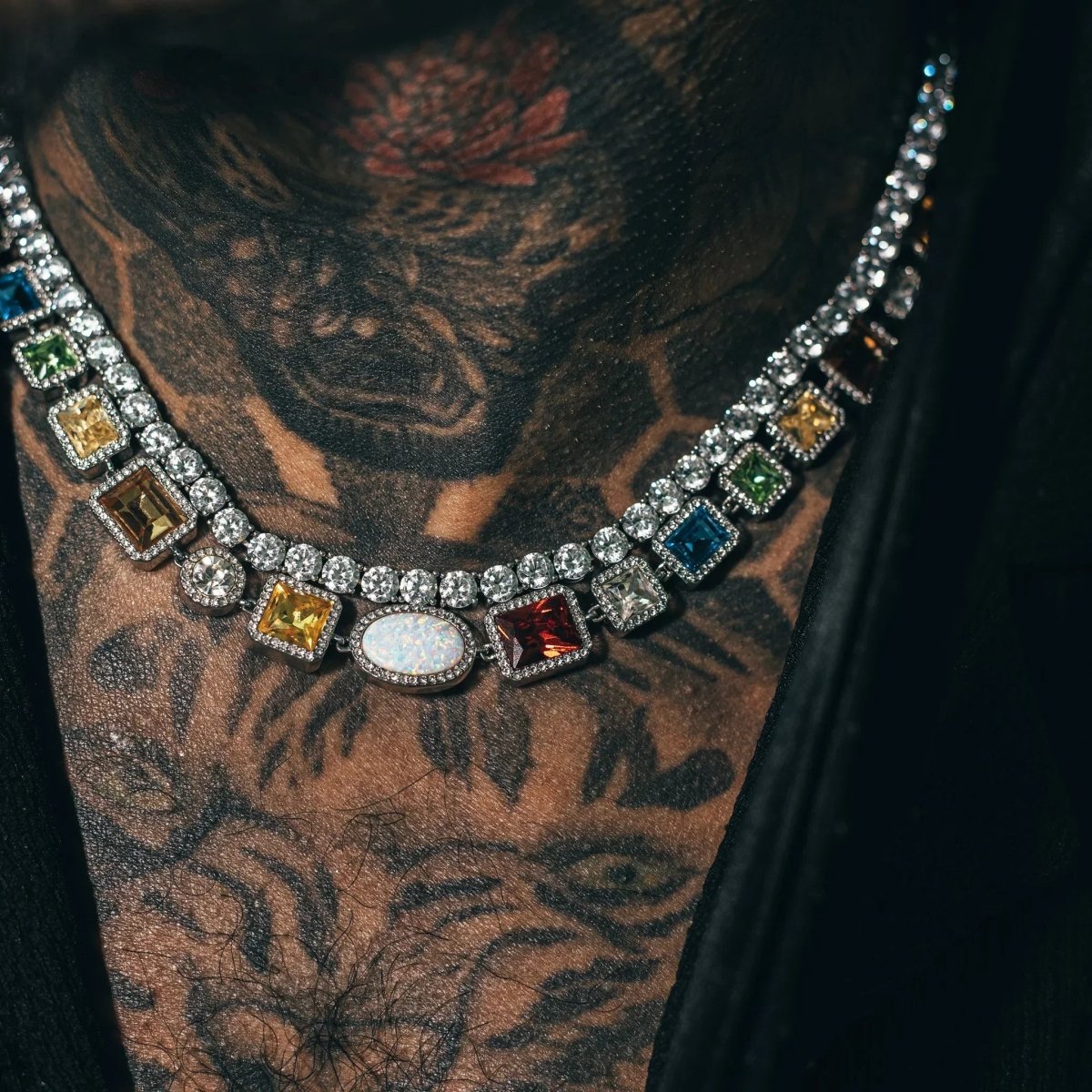
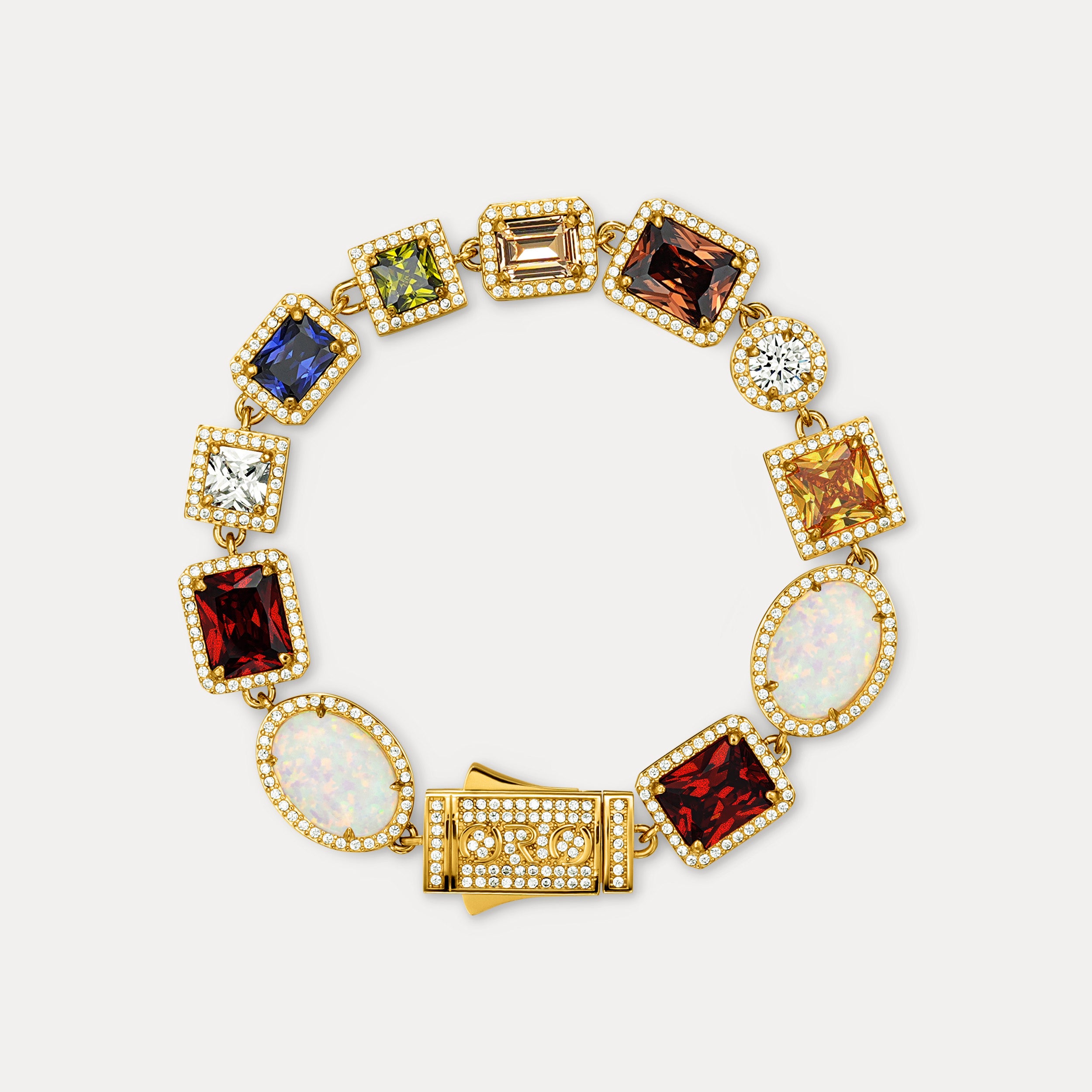

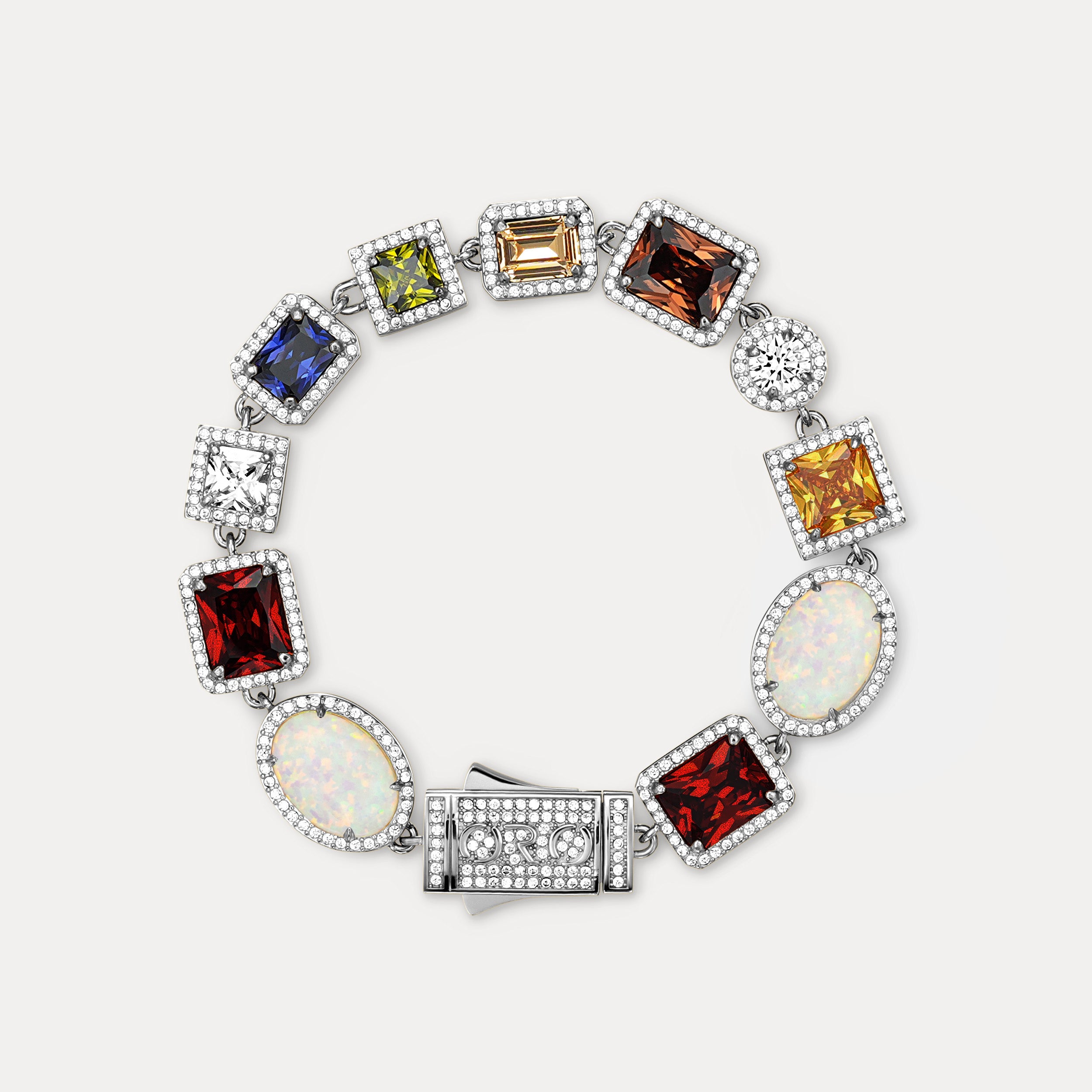
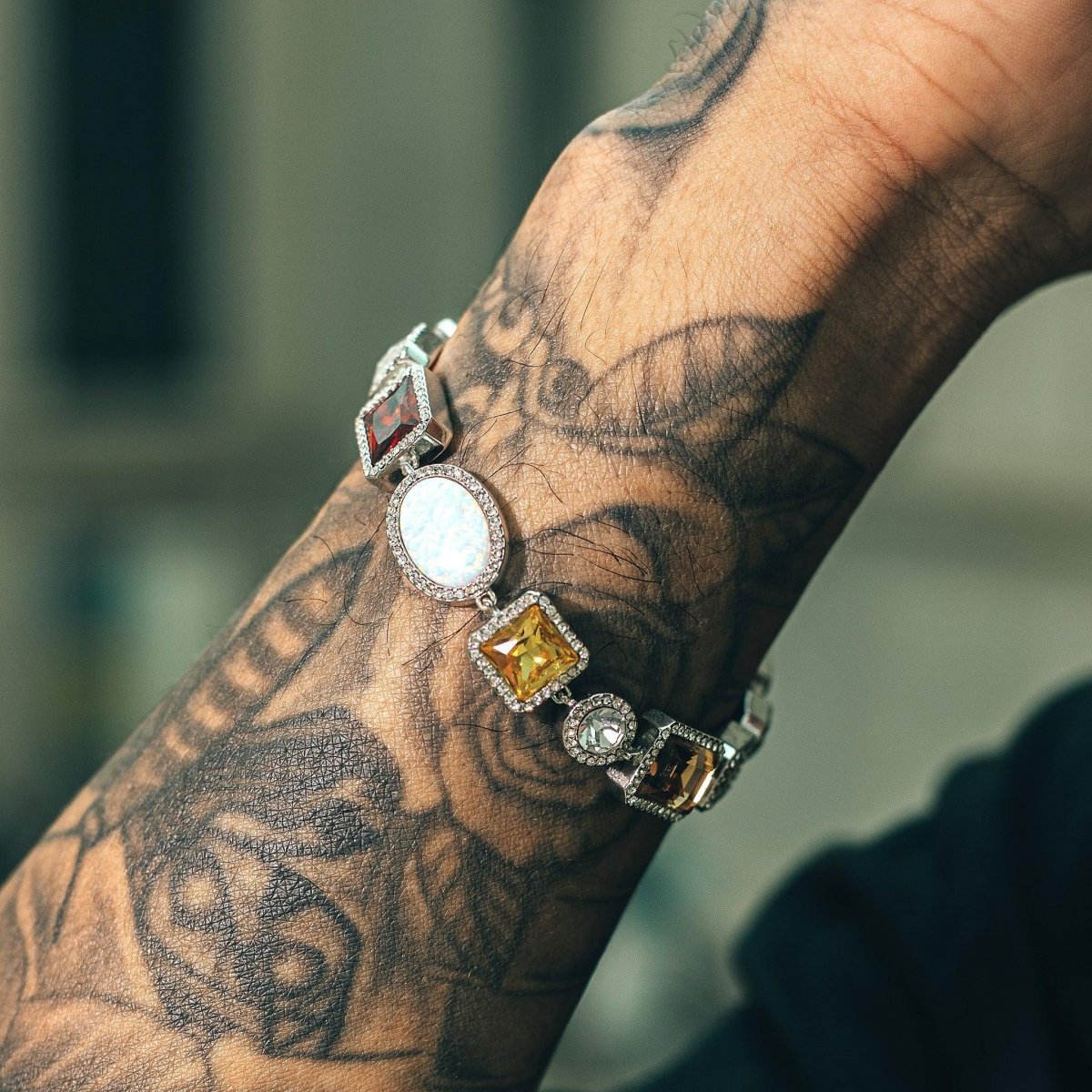
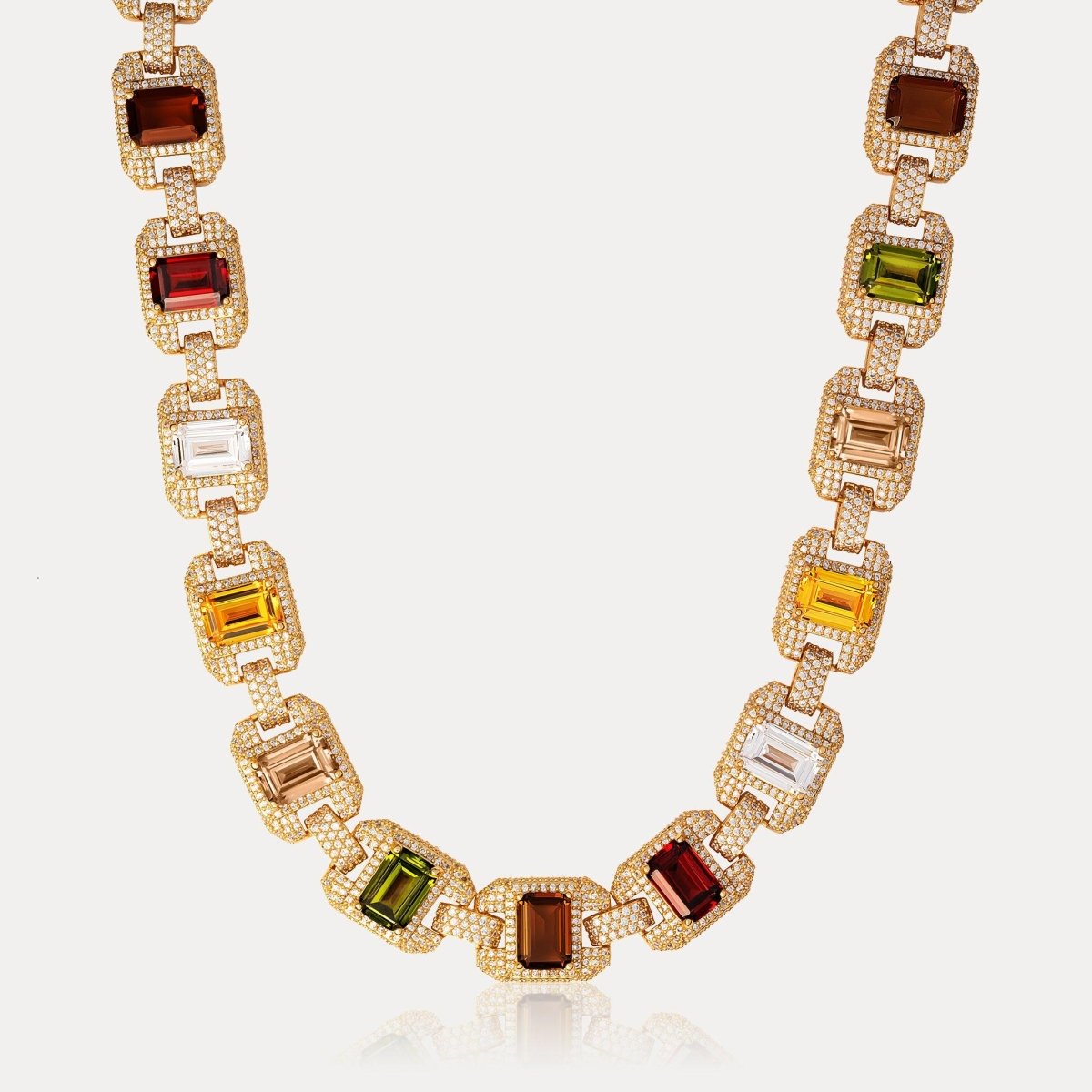
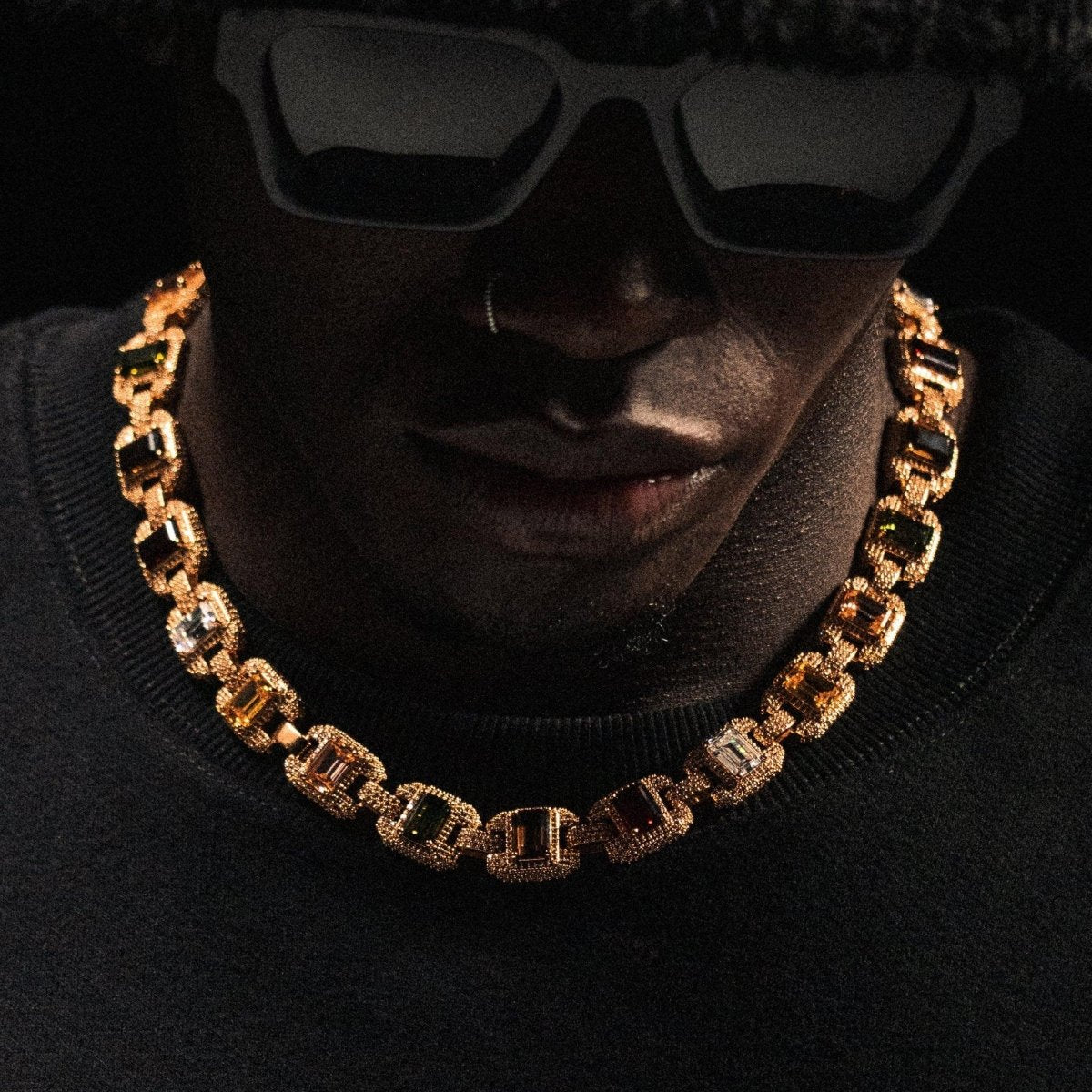


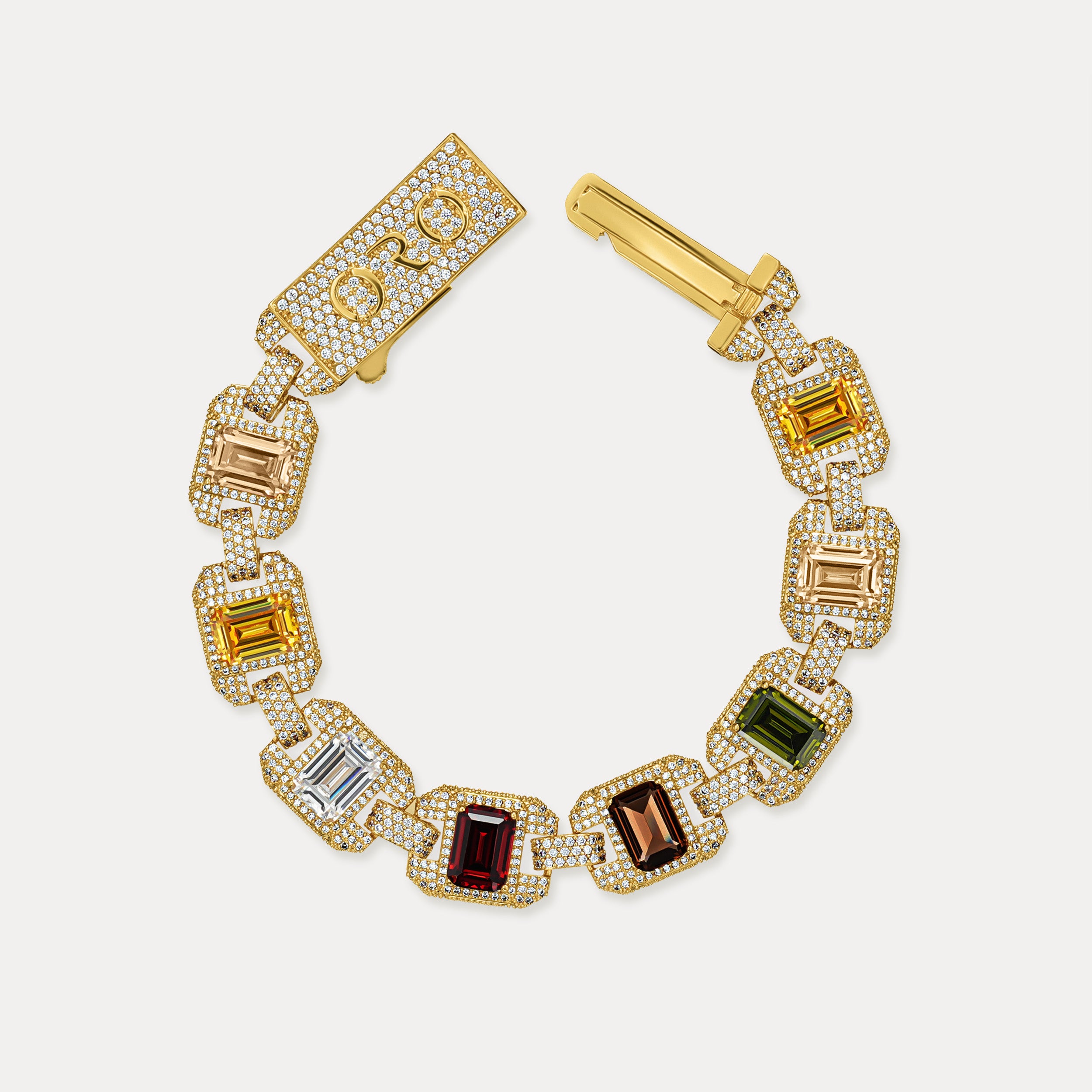
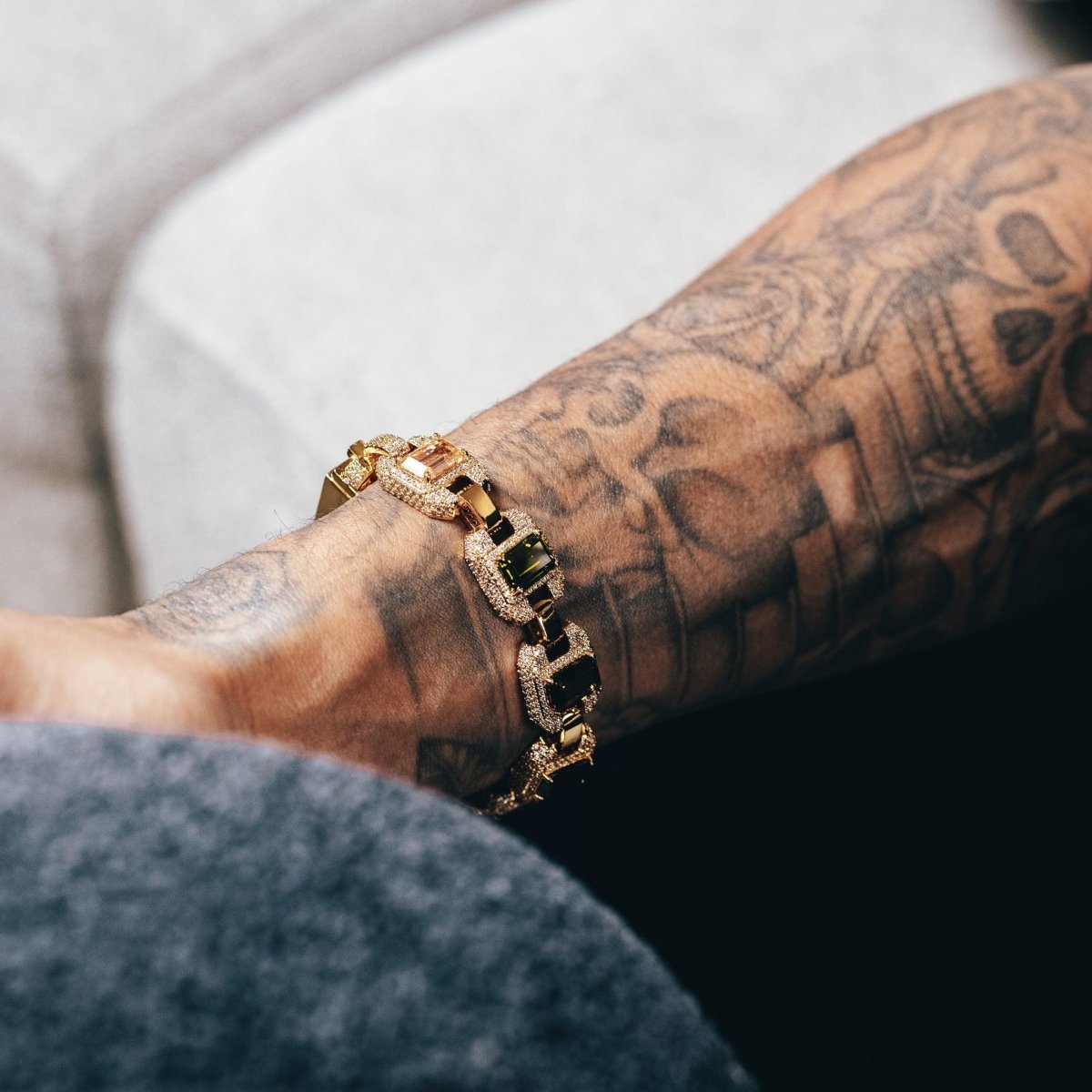
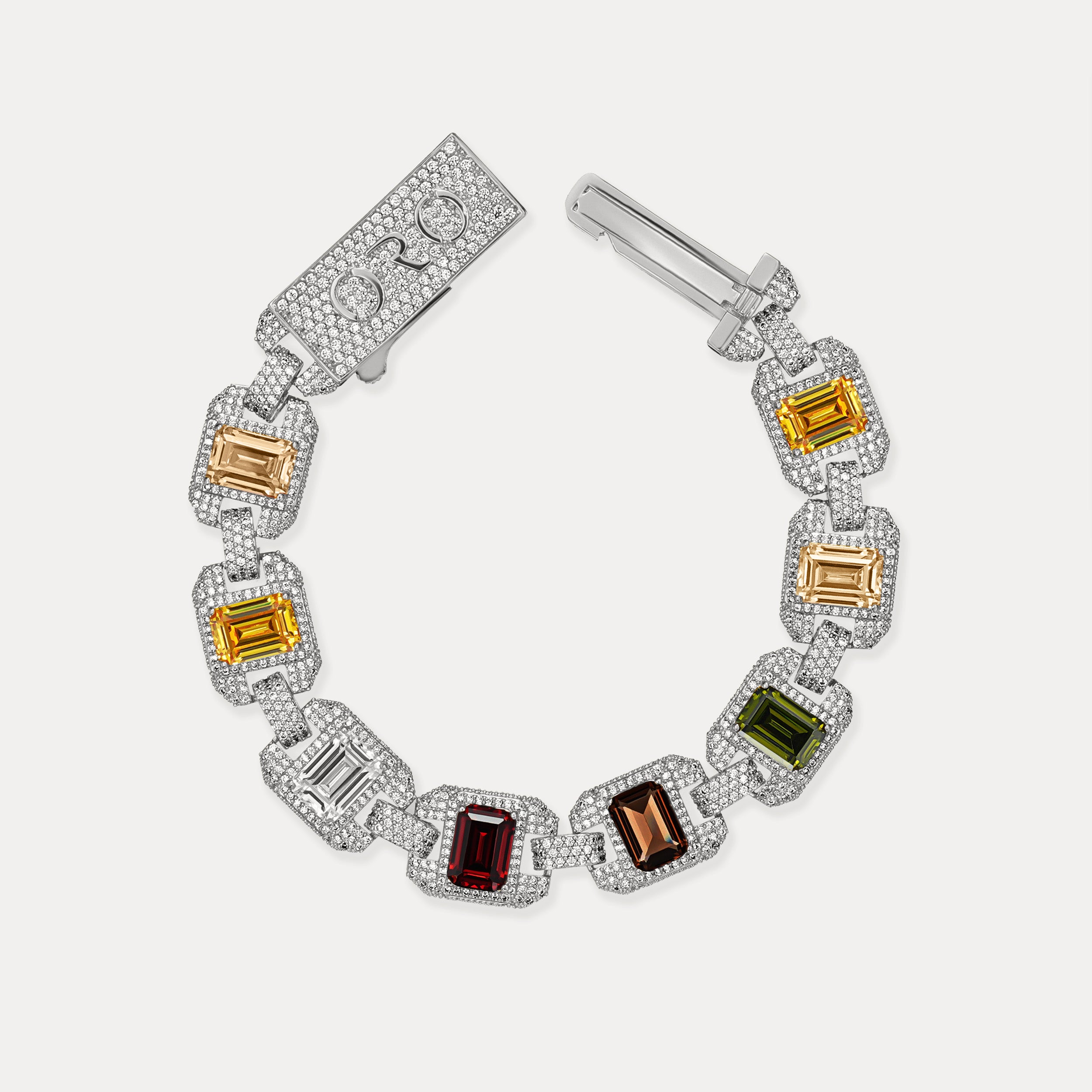

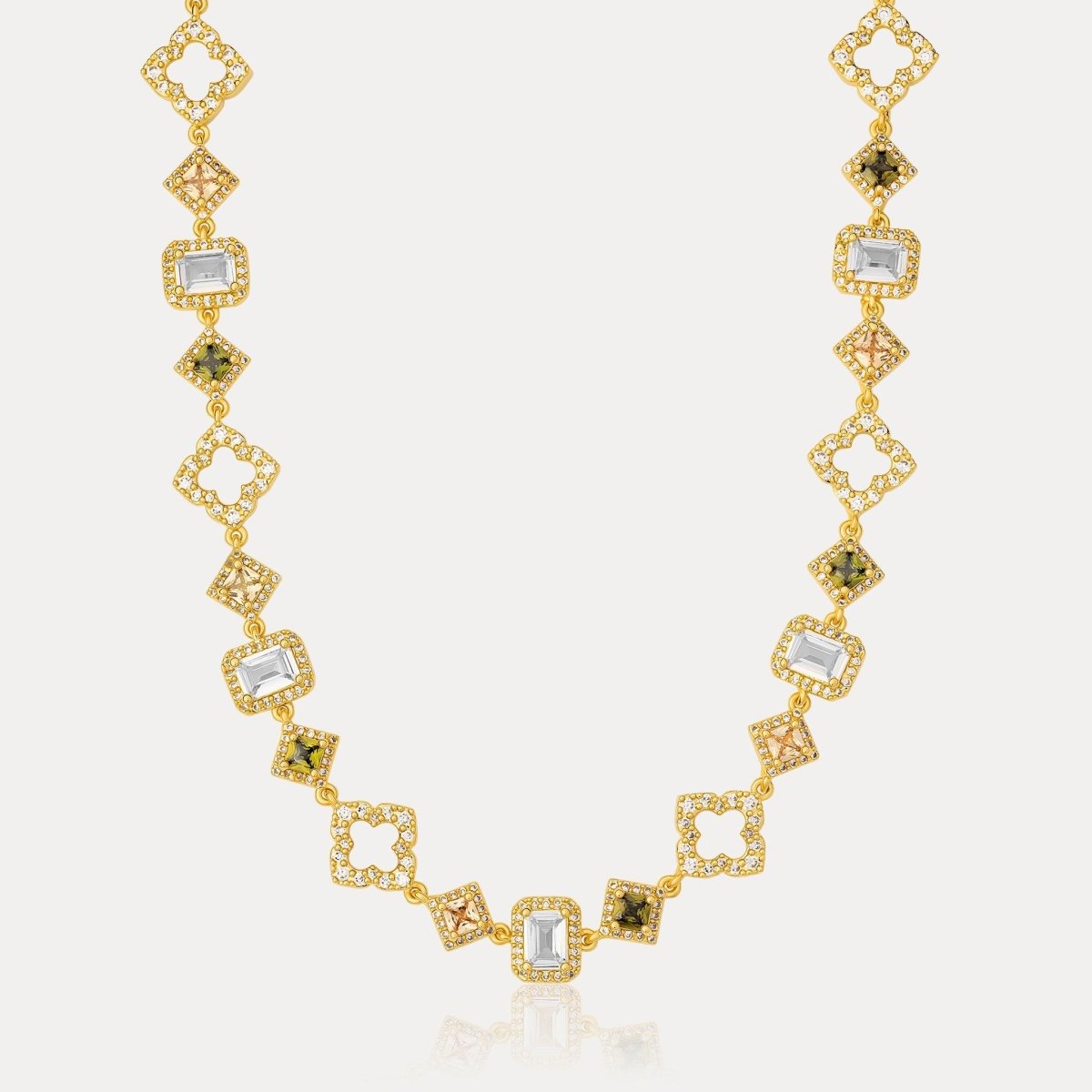
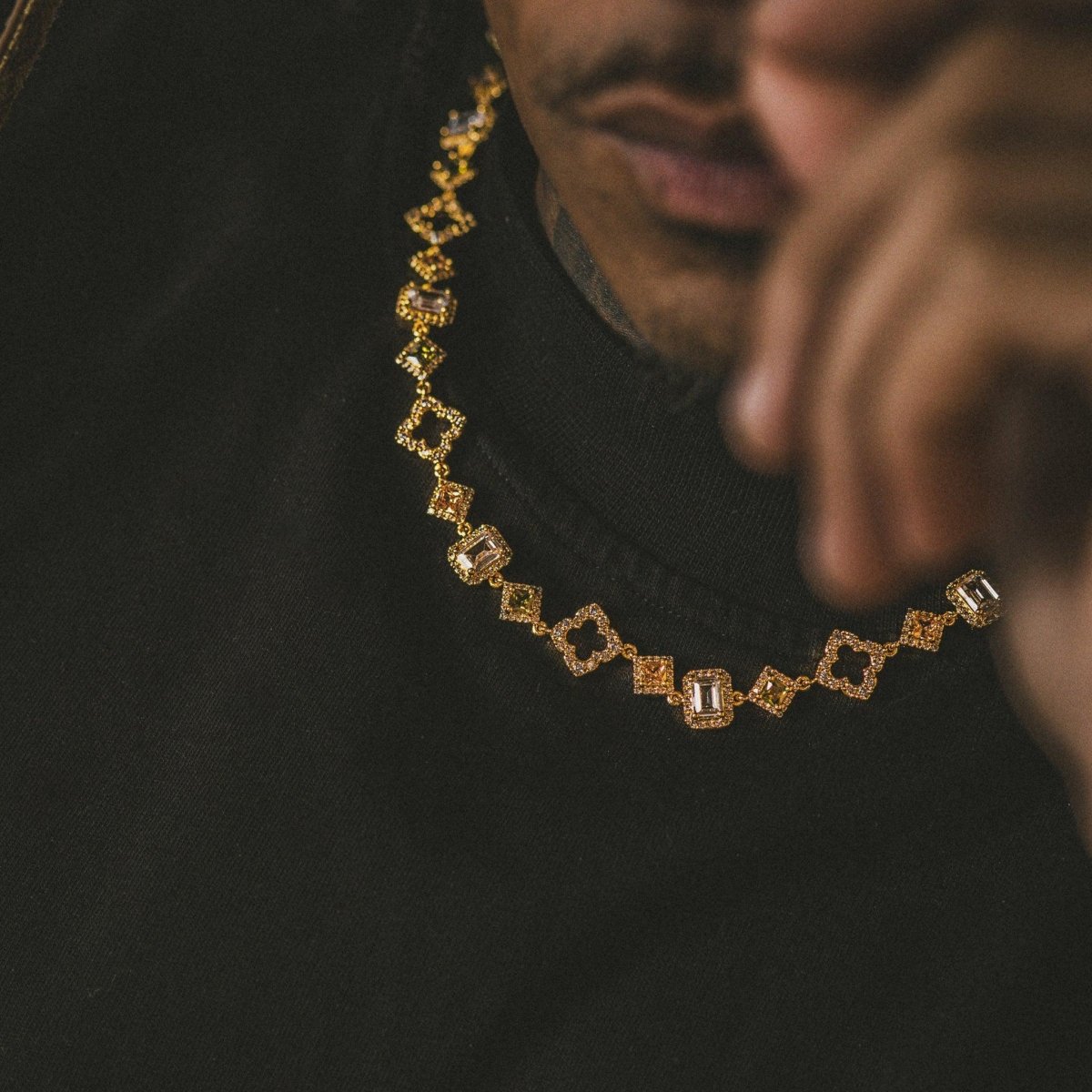
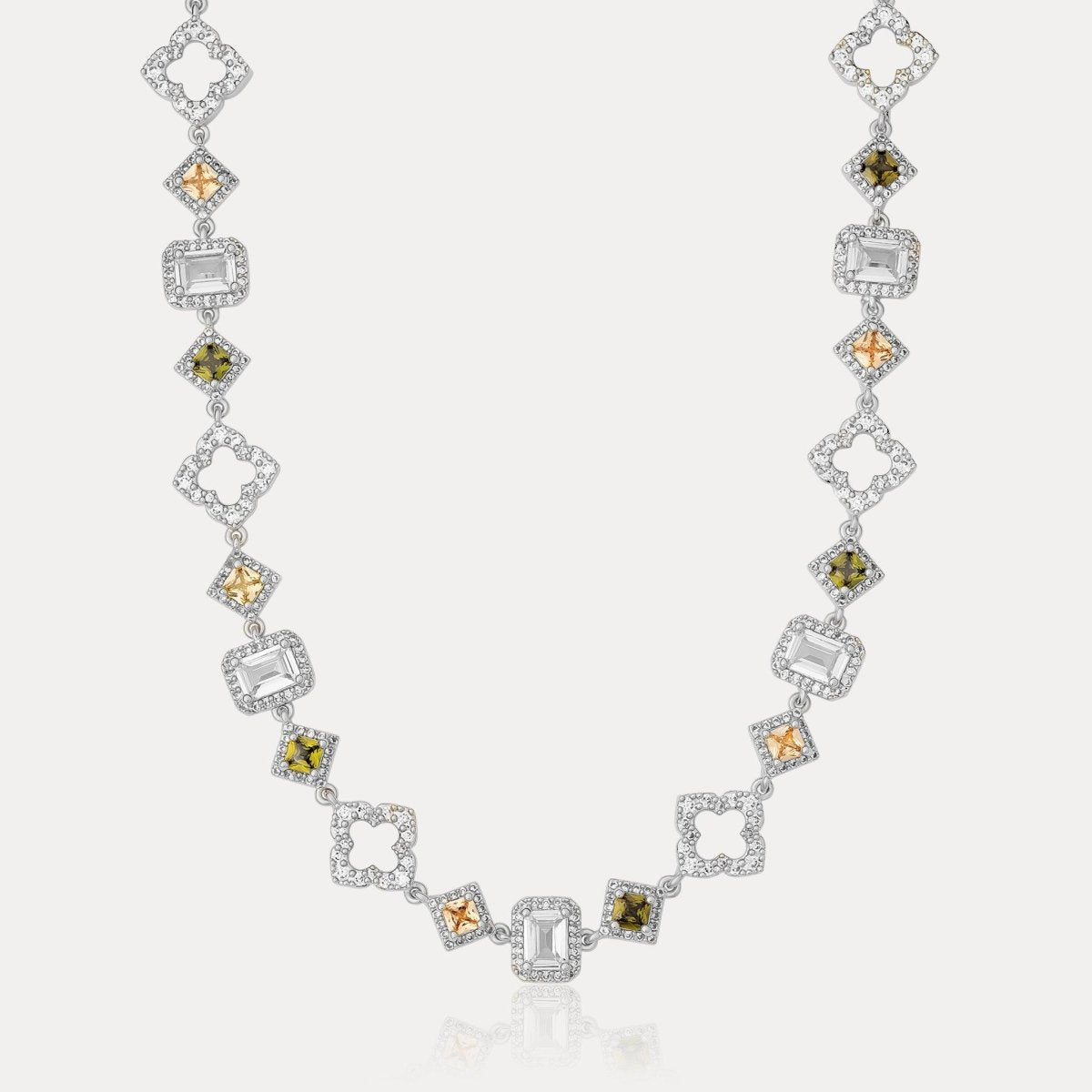


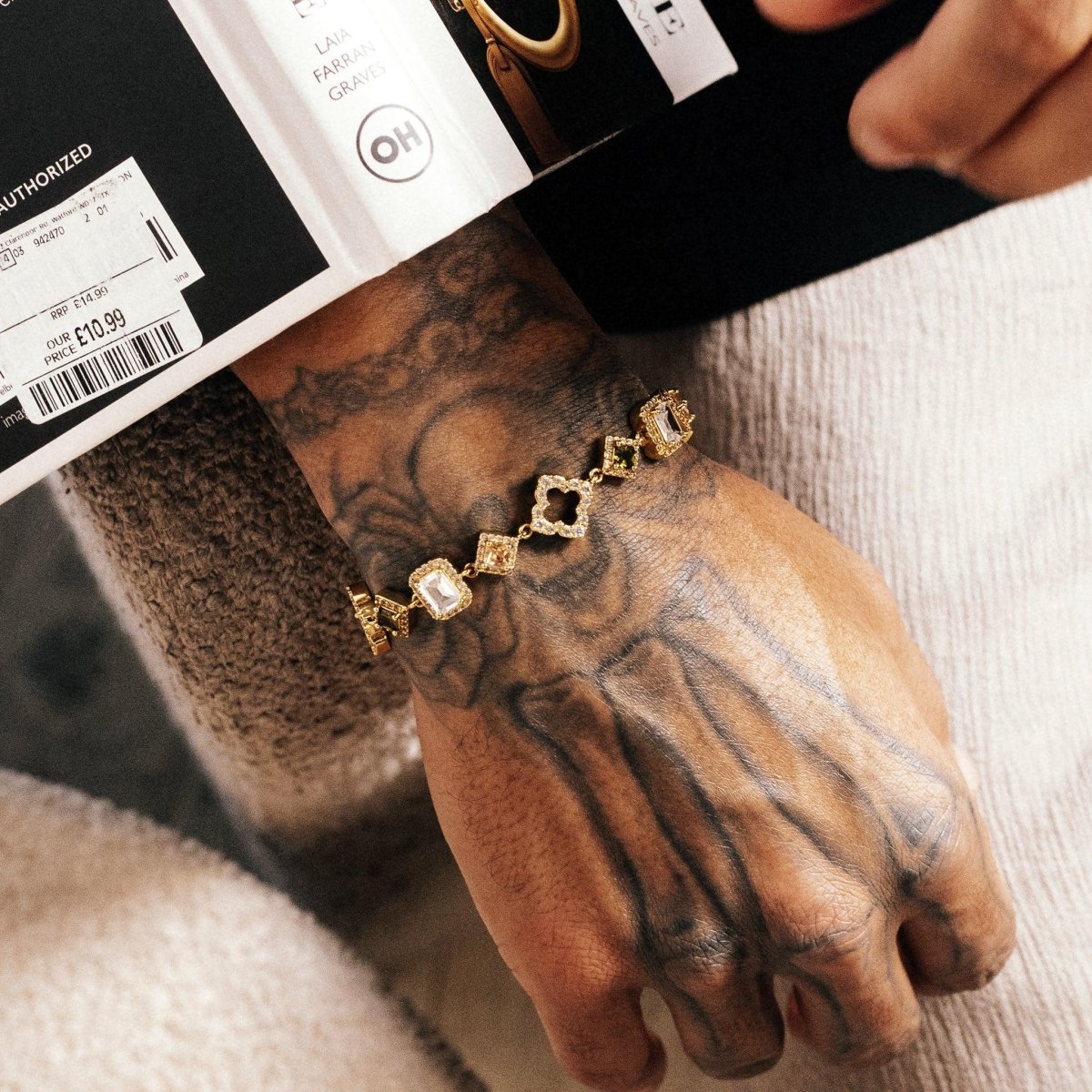


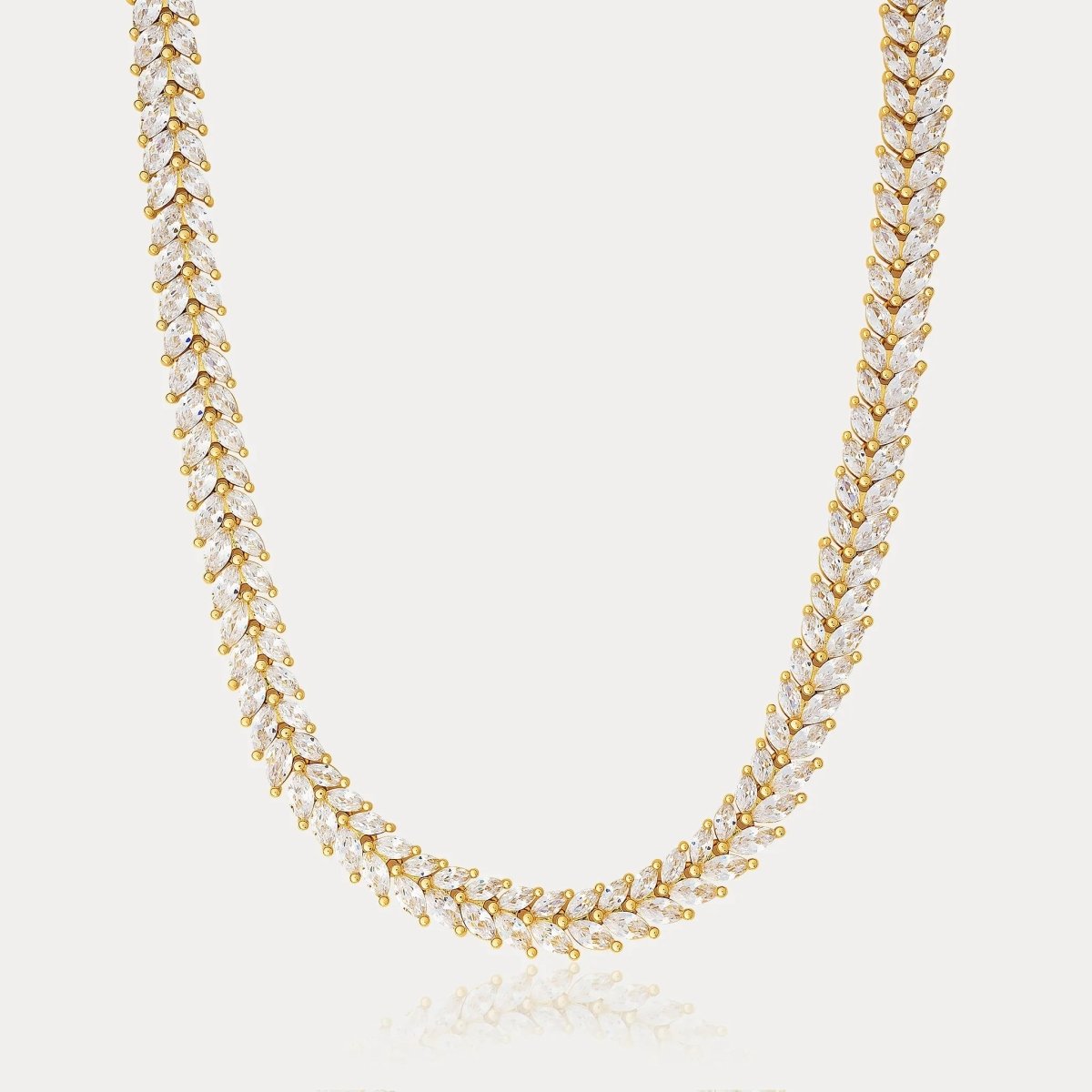
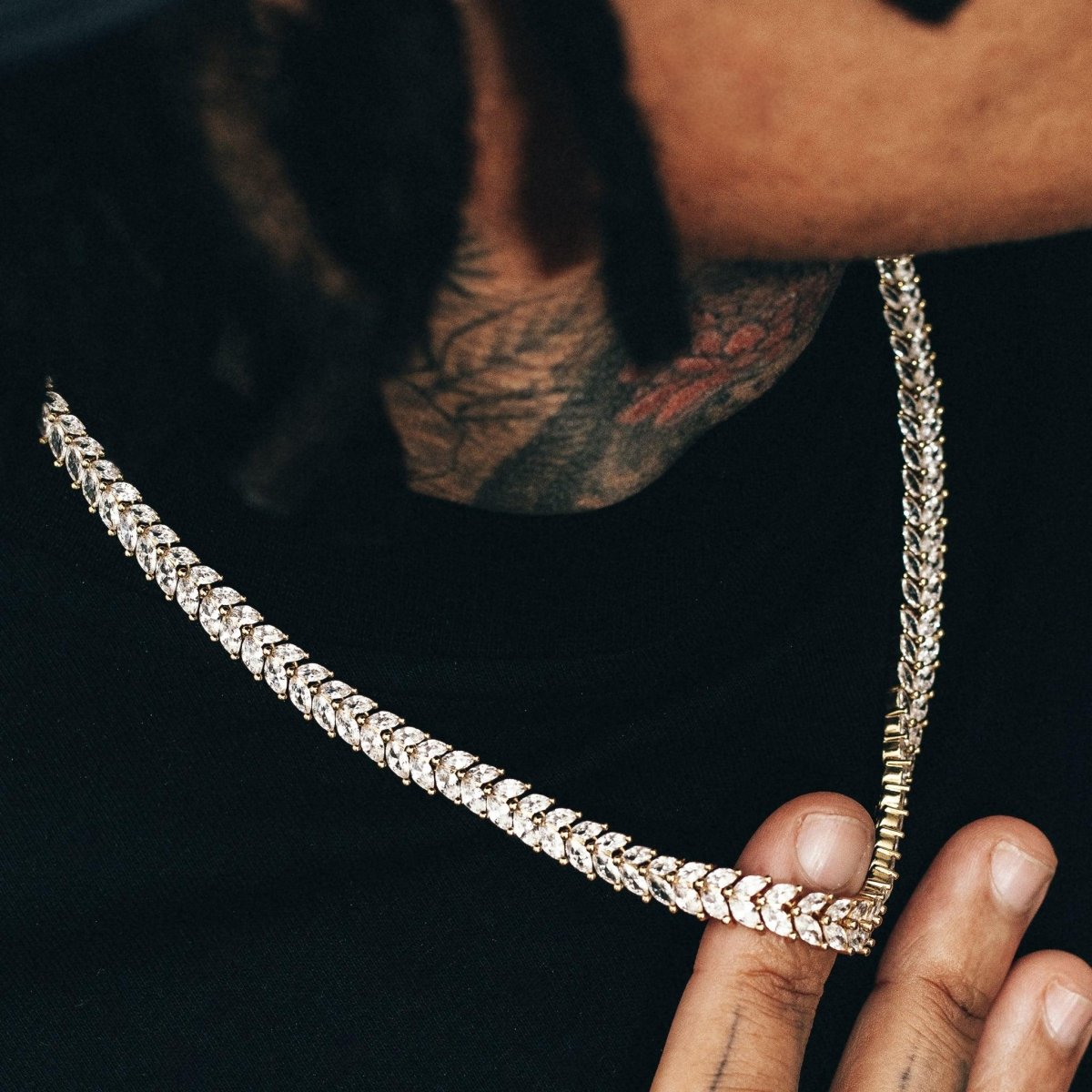
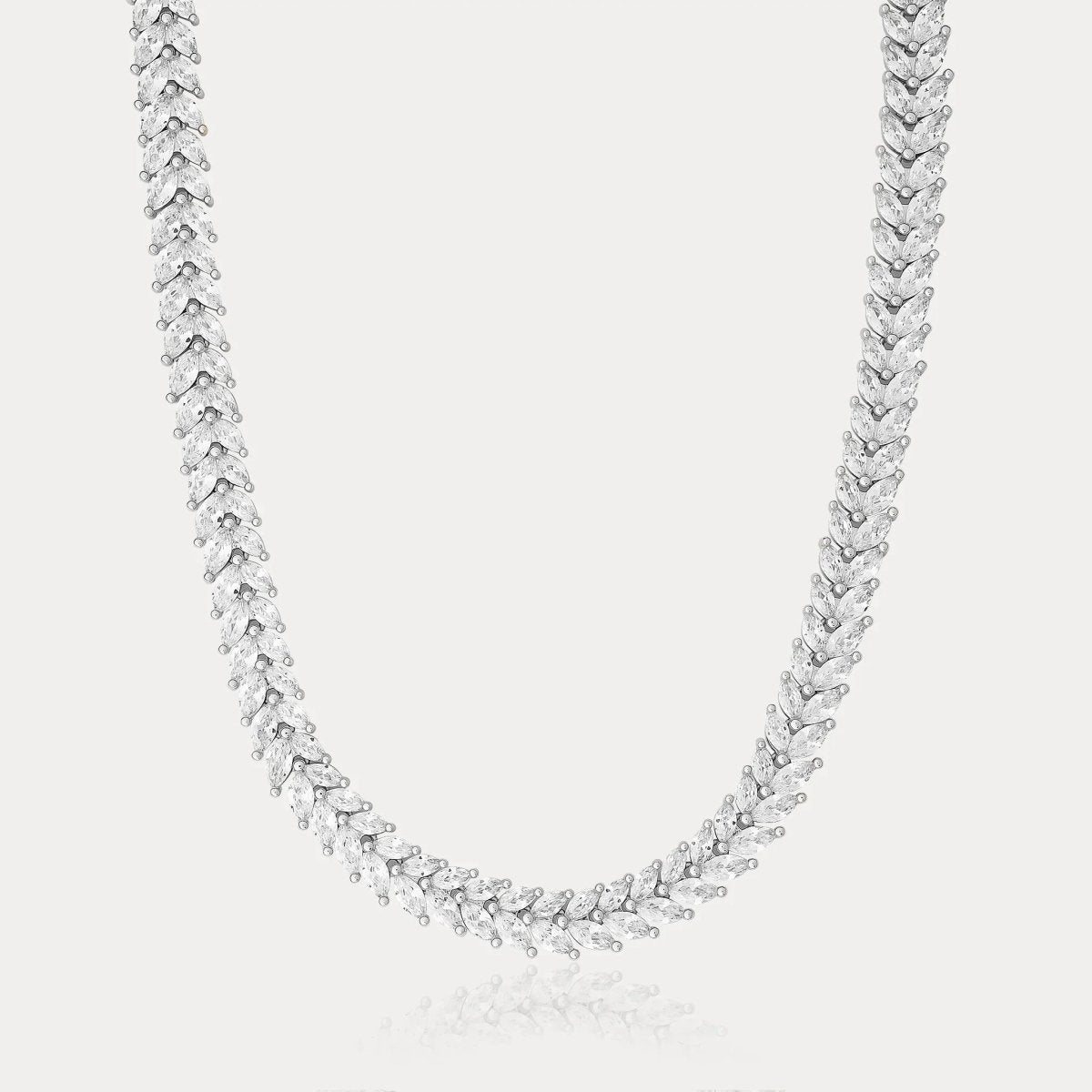

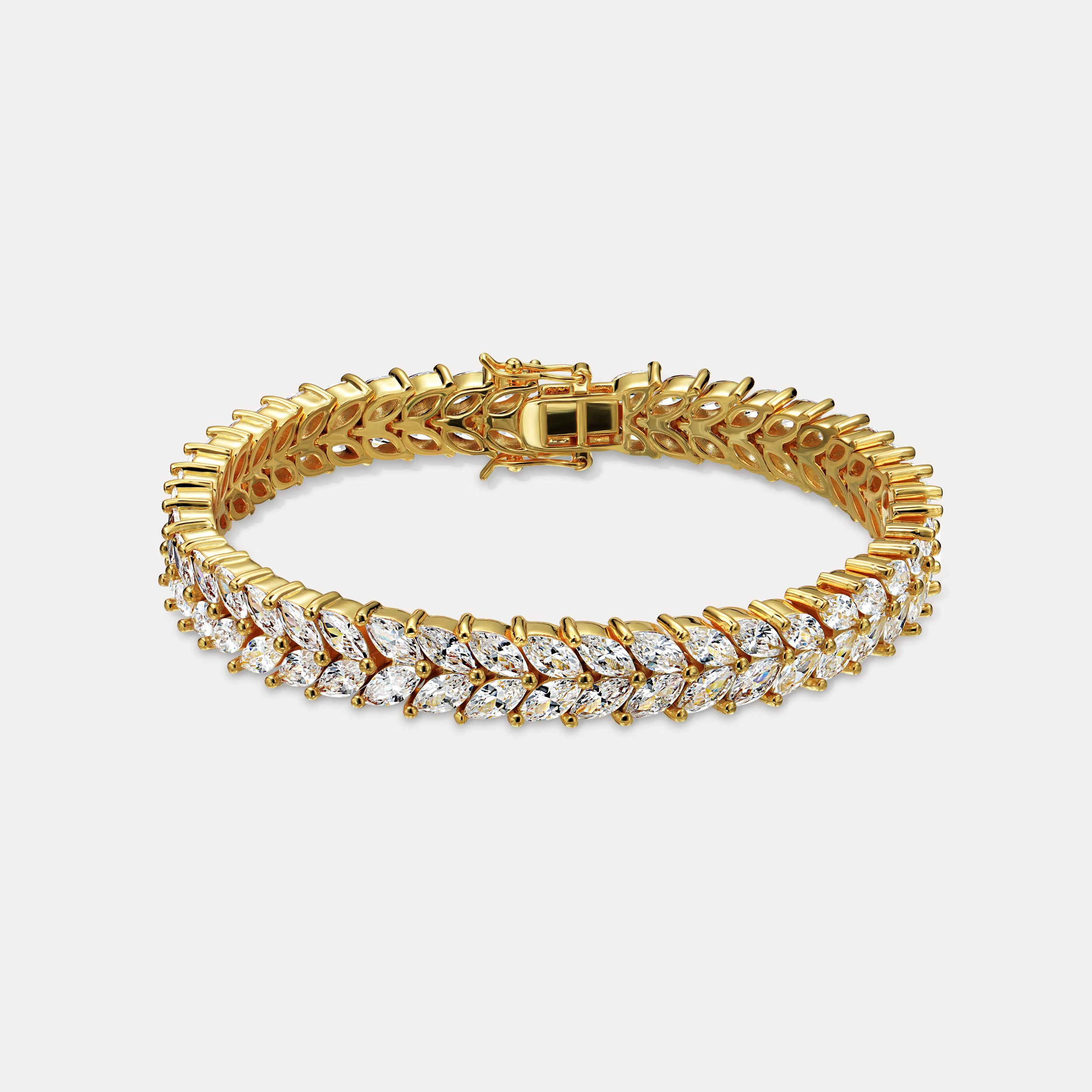

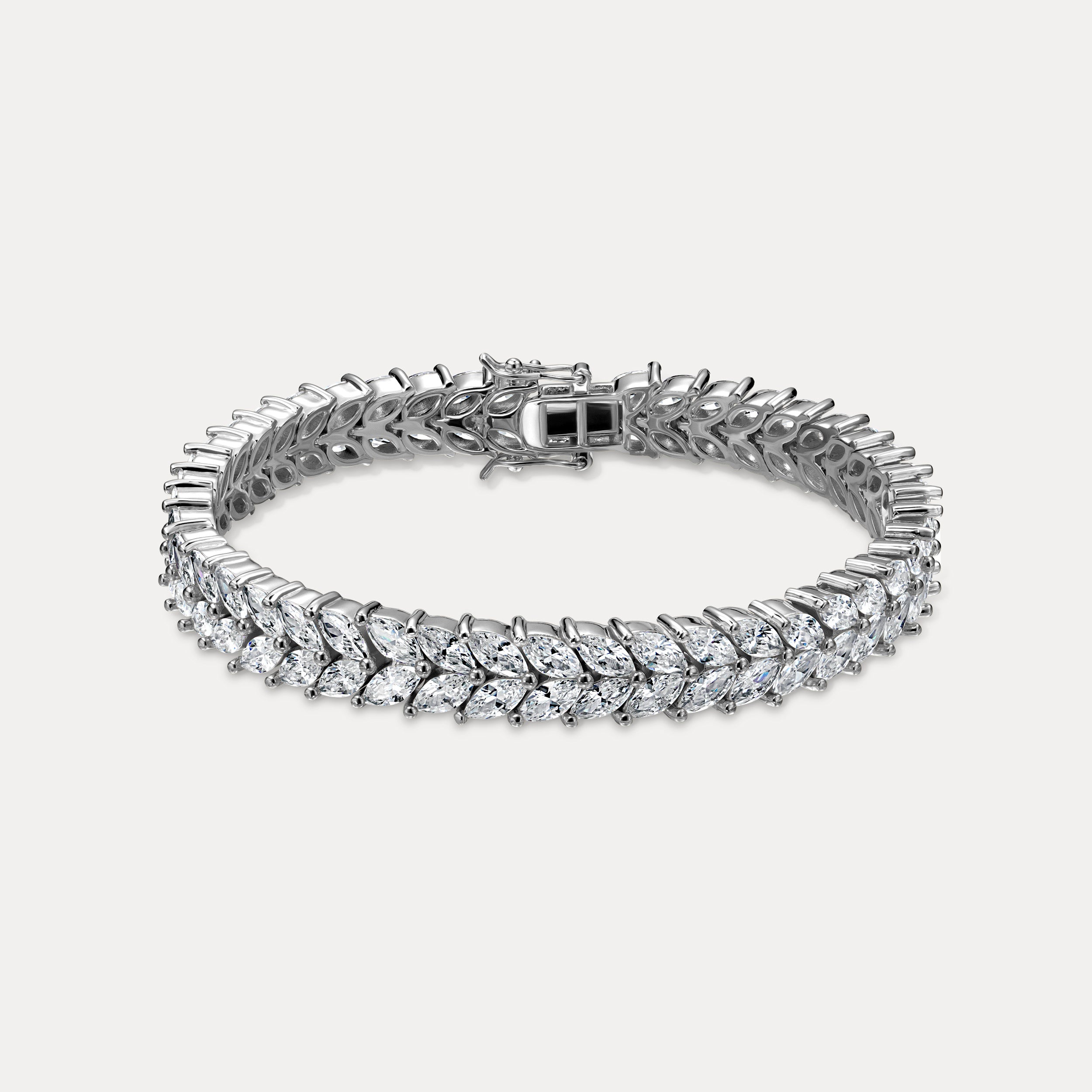
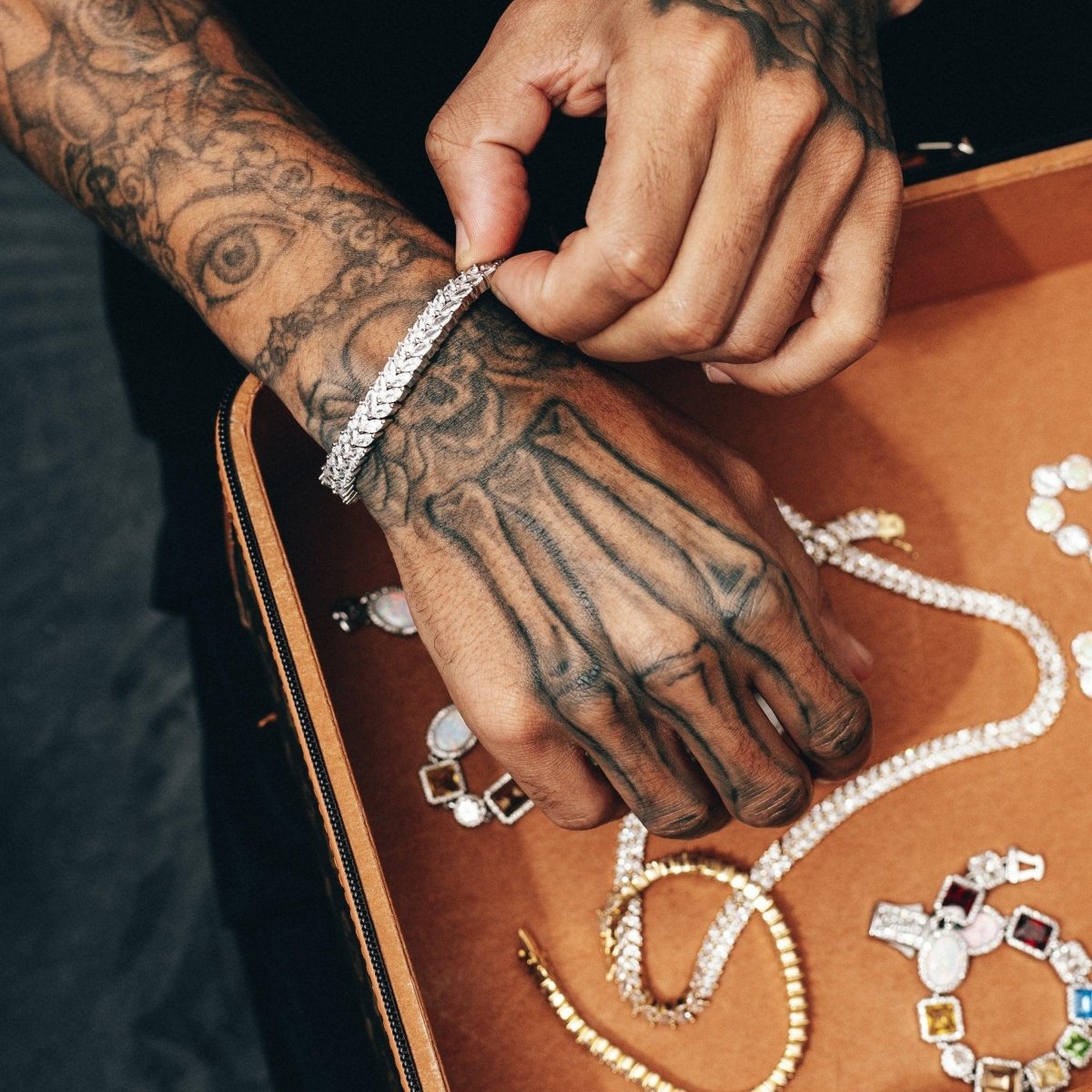
Leave a comment
This site is protected by hCaptcha and the hCaptcha Privacy Policy and Terms of Service apply.